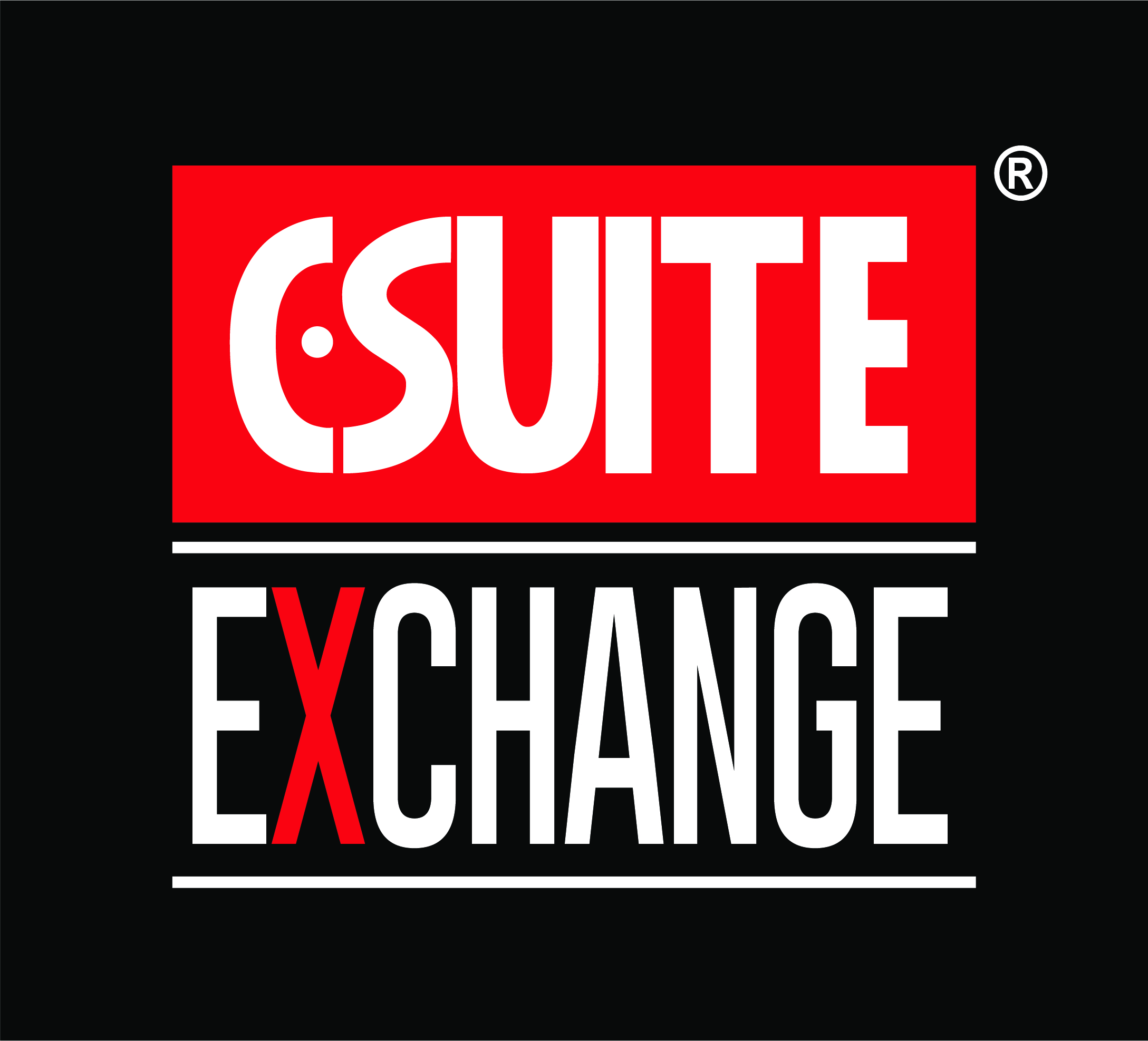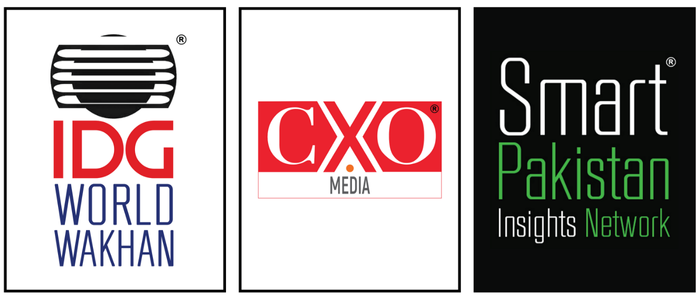

Technology has touched upon all our lives, and one can see how integral a component it is in the financial sector, in the upcoming markets, called futures. Futures are commodities that encompass commodities such as silver, gold, sugar, and crude oil etc. It is the height of where technology has surmounted.
Futures exchange was developed in 1890s with the Chicago Mercantile Exchange and has become an integral part of the financial global system since the 1970s according to Investopedia.com. In an agricultural country such as Pakistan the future of futures exchange is relevant and quite significant; it is a scalable industry that covers basic cost is therefore high in returns. Future exchange holds great promise today. Before, exchanges were of two types: flow/ picked which meant that a big room was allocated for the exchange for these commodities where buyers and sellers would meet to exchange futures goods. This has changed dramatically over the years, globally, and the trend has crept its way into Pakistan, too, with the establishment of PMEX some 6 and a half years ago.
Where technology has helped ease day-to-day processes in our lives, it has also helped streamline various businesses in its routine tasks, especially the Stock Exchange where real-time, minute-to-minute reports linking buyers and sellers from all over the world are much needed. This is exactly how PMEX has become more efficient by using technology: it has made it efficient. It is an ease for customers, businesses, and PMEX itself. It has brought people together on one platform to trade with Pakistan on its futures.
It makes use of in-house technologies and external solutions. It was outsourcing before but because of the difficulty in terms of coming up with customized solution fairly quick in-house solutions were preferred over out-house technologies. The interface is fairly simple and easy-to-understand which is how it has caught in with the business populace so well.
The advantages accrued help customers, businesses and PMEX itself. The in-house T+O settlement allows for transfers to be made directly and it ensures that brokers do not defraud customers; also, by allowing for their certificates to be available online, they do the same. Various systems and processes are utilized ranging from the basic software and hardware. Hardware purchased from Dell, IBM etc and software from CISCO. Besides that firewalls, networks, and disaster recovery sites, Amjad Khan, Chief Marketing Officer at PMEX says “Recently we have moved onto fully virtualized environment so we are using VMware as our platform for virtualization.”
Also, software company Stratus, provides them fault tolerant machines for the financial industry and whoever needs it. “But there is another company called Marathon Technologies,” expands Amjad, “that we have been following for almost ten years because we felt that we are going to need that technology in Pakistan. The good thing about this marathon technology is once you install it; the system will continue to work even if an entire machine goes down. Your system will still continue to work from other machines and the good thing is that users don’t have known that the big chance has taken place so it is a remarkable technology in that sense with no down time.
The need for such a system requires connectivity, which seems to be the only negative in an industry like this. In a country like Pakistan where power failures cause a lot of havoc, one cannot help ignore the impact that may cause on an industry such as PMEX. However, disaster recovery sites help detract the negatives at all times since the exchange is operable form Monday to Friday. This implies continuous access and linkage to the International Market.
How effective is this system to bypass the security issues? A simple Facebook password gets hacked, a complex financial system, might be more vulnerable to Facebook accounts without a doubt. As suggested by Mansoor Ali the security systems are generic. “Having majority of infrastructure in our own control, he says, not having too much outsourcing or dependent on other entities allows us greater control over security risks. Another advantage of being fully electronic exchange is that we can have a very lean structure – you don’t need a very huge organization or huge premises to run your businesses. We are still a company of fewer than fifty people. And again because of technology we are able to have such an inefficient system. That makes it easy to cover our security risks. Since there is a separate bandwidth separate and network, there are fewer chances to getting insecure data.”
Criteria are dictated by Systems Security Certified Practitioner SSCP. It includes “Full Membership” and Universal Membership. The former exchanges all commodities and the latter is commodity-specific which includes about 2.5 million people. Educational certificates, corporate entity/ ceo and number of years of experience are required.
The system is simple, user-friendly and data analytics are outsourced. Commodity future contracts in Pakistan are PMEX; in India there are about three; multiple such forms exist in China, Iran and UAE. “We are still new as we said we are six and a half years of operation but the vision and plan is to grow to a level where it can really bring in efficiencies in the value chain of different commodities, prove the transparency in the market. But it’s a long term project. It is important for institution to be recognized as an equal pillar along with stock exchanges depository companies, banking sector, and rest of the financial sector for the whole picture to be complete. Our prime focus in coming years is to increase the knowledge and awareness of our project through our potential clientele.” Furthermore, as shared by Amjad Khan, the model has the ability to grow into shariah-complaint. That would definitely be the technology of the future, something to grow and learn from.





